As a new mom, it often feels like my memory is fading fast; sometimes I can barely remember why I walked into a room. Yet I can easily tell you the name of every one of my teachers dating back to elementary school. I may not recall who taught me which specific reading or math concept, but I vividly remember how these educators made me feel.
At Gem Prep: Nampa we take pride in the feeling we create. For our nearly 200 kindergarten to fourth-graders, we believe developing a positive school culture is equally—if not more—important to the impact we have on our students’ academic, social, and emotional growth. So how do we make sure it happens? Along with the principles laid out in our Culture Guide, we hold weekly data conferences with each and every student.
Gem Prep's data conferences are the manifestation of time dedicated to building meaningful relationships. As founding principal, I know better than anyone that things don't always go smoothly when you're trying something brand new. But by committing to relationships and keeping a few key guidelines in mind, we have been able to create a place with an undeniably warm feeling, full of teachers who'll be remembered for years to come. Here's what we've learned so far:
Use data to drive instruction (really!)
Despite the overwhelming amounts of data in education these days, my teachers often felt they never had data that was meaningful to their instruction before; it was always too late, or not applicable to the content they were expected to teach. Being a blended learning charter school, we had plenty of data. The question was how to best use it.
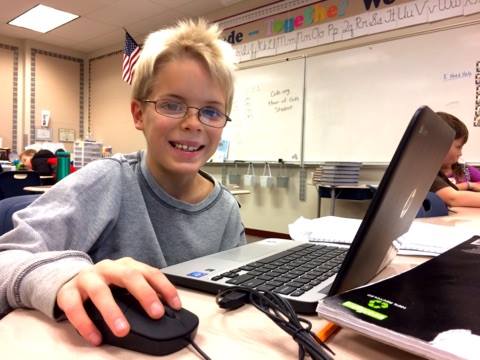
During professional development after the first day of school, I posed the idea of implementing what we now call data conferences. I asked the teachers to work together in small groups to share how they’d been using and storing data in the past. Then we collectively decided how we could use this information to drive our instruction. Moreover, we decided we would use the data to build relationships, improving our fledgling culture in the process. Thus the data conference was born.
Prioritize teacher choice
The teachers began the data conferences at various speeds and in different ways. The key was that each teacher rolled out the conferences in the way they felt best suited their students when they were ready. The only requirement was that each teacher meet with every student for a weekly one-on-one meeting.
Many teachers began by tracking the required minutes students spent on their online programs that week. This transformed into tracking lessons completed since some students were more efficient than others (or really good at finding the games in the programs!).
Today, the way teachers use data has evolved. Teachers now track social goals along with specific academic goals that are unrelated to the online curriculum. Many look ahead to future lessons in order to prepare for more purposeful goals. The trick has been to let teachers experiment and see what works for them.
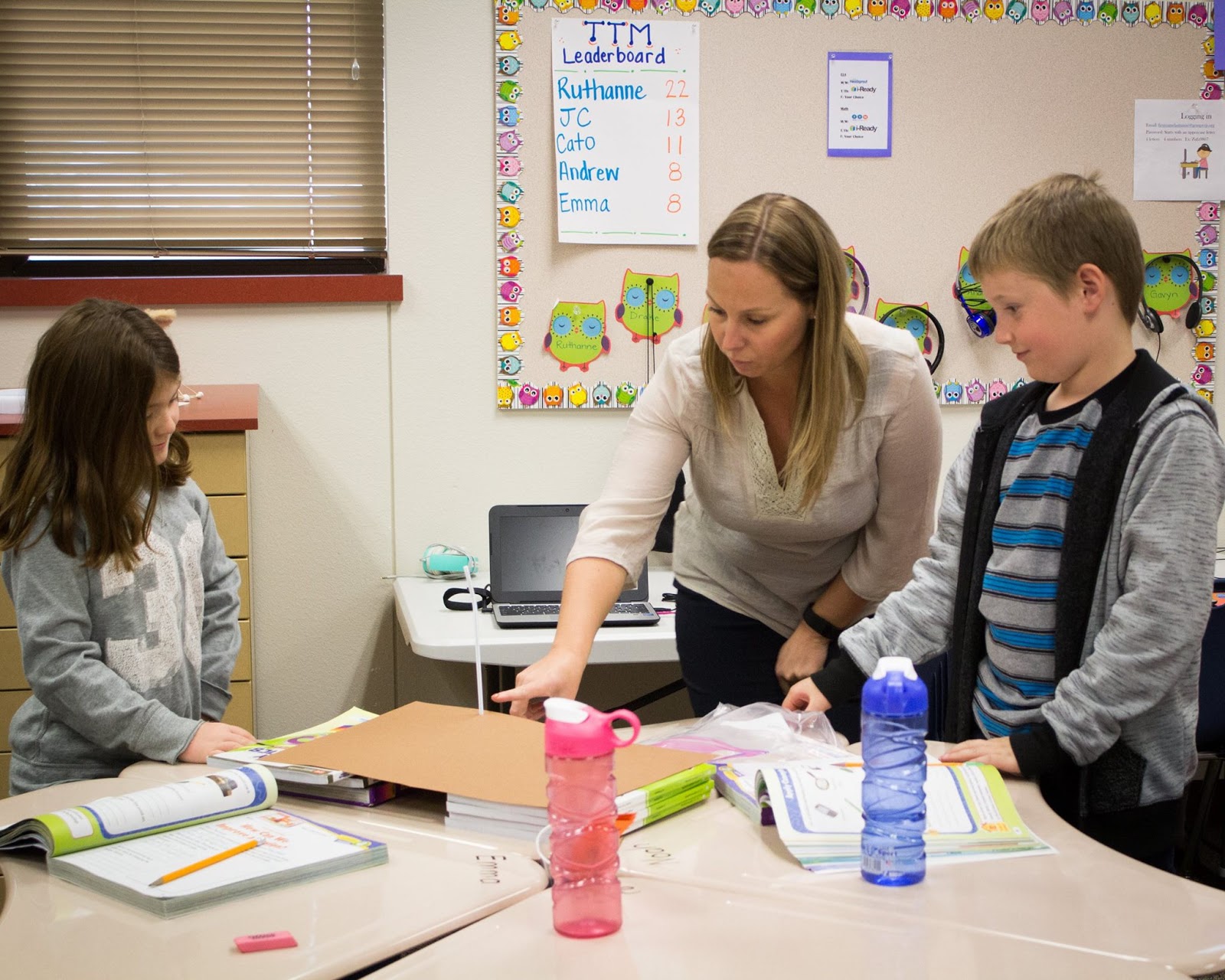
Keep students in the loop
Despite the flexibility data conferences offer, our teachers eventually all found ways to track the goals and create a visual to show students. Again, the way they look varies from teacher-to-teacher. Some have physical folders and checklists (like our kindergarten class) while others (like our fourth grade teachers) have created shared Google slides with weekly updated screenshots of the data and a slide for the student and teacher to create and track their goal.
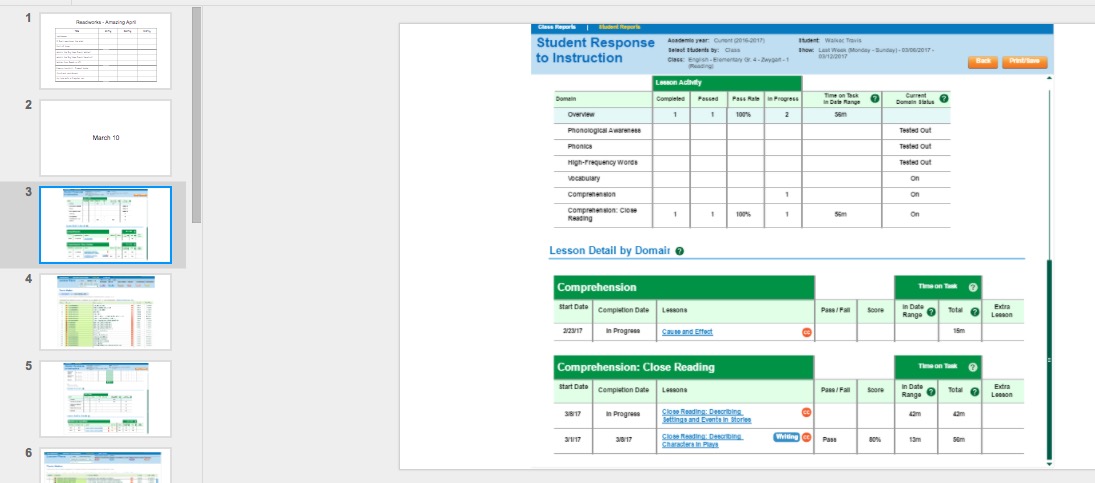
Teachers have also developed ways to make the goals visible to the students throughout the week, in ways that were appropriate for their age and development, helping this time become increasingly more personal and purposeful. In third grade, they even started writing goals on paper in a plastic sleeve to keep and reuse weekly and to display on or in their desks. This helps keep students motivated and accountable.
Have students share results with families
Data conferences not only change the relationship between students and teachers, but families and the school. At Gem Prep, we invite students and parents to have an equal voice through student-led conferences. This year, after enjoying chili and hearing about school-wide academic and social-emotional results, parents spent time with their child in a student-led conference while the classroom teacher walked around and supported, as needed.
Using the same data teachers use, students self-reflected on their growth before demonstrating evidence in two areas of strength and one area of progress. If a student rated themselves as “always” for “demonstrating our school value of perseverance independently and consistently,” they needed to provide evidence in their data conference work. Parents were asked before attending to consider phrases to encourage the conversation that supported growth mindset such as, “How can we help you achieve your goals?”
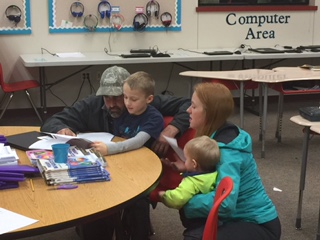
Make time—even when it seems like there is none
Data conferences are simple: meet weekly with your teacher one on one. And yet as teachers developed their data conferences to include more complex and personalized goals, many struggled to find the time. Even if the conference was only five minutes of tracking and creating goals in English and math, multiply that by 24 students, and you 120 minutes, or two hours. What teacher do you know that would say they have two hours to spare every week?
I felt it was my job to continually remind the teachers that this is the single most important relationship-building task we can partake in as a school. Data conferences embody our culture, our community and our values; it is the time 10, 20 or 50 years from now a student will remember. We changed looking at data from a closed door or shaming experience for only the teachers, to a conversation about how we are all growing and developing.
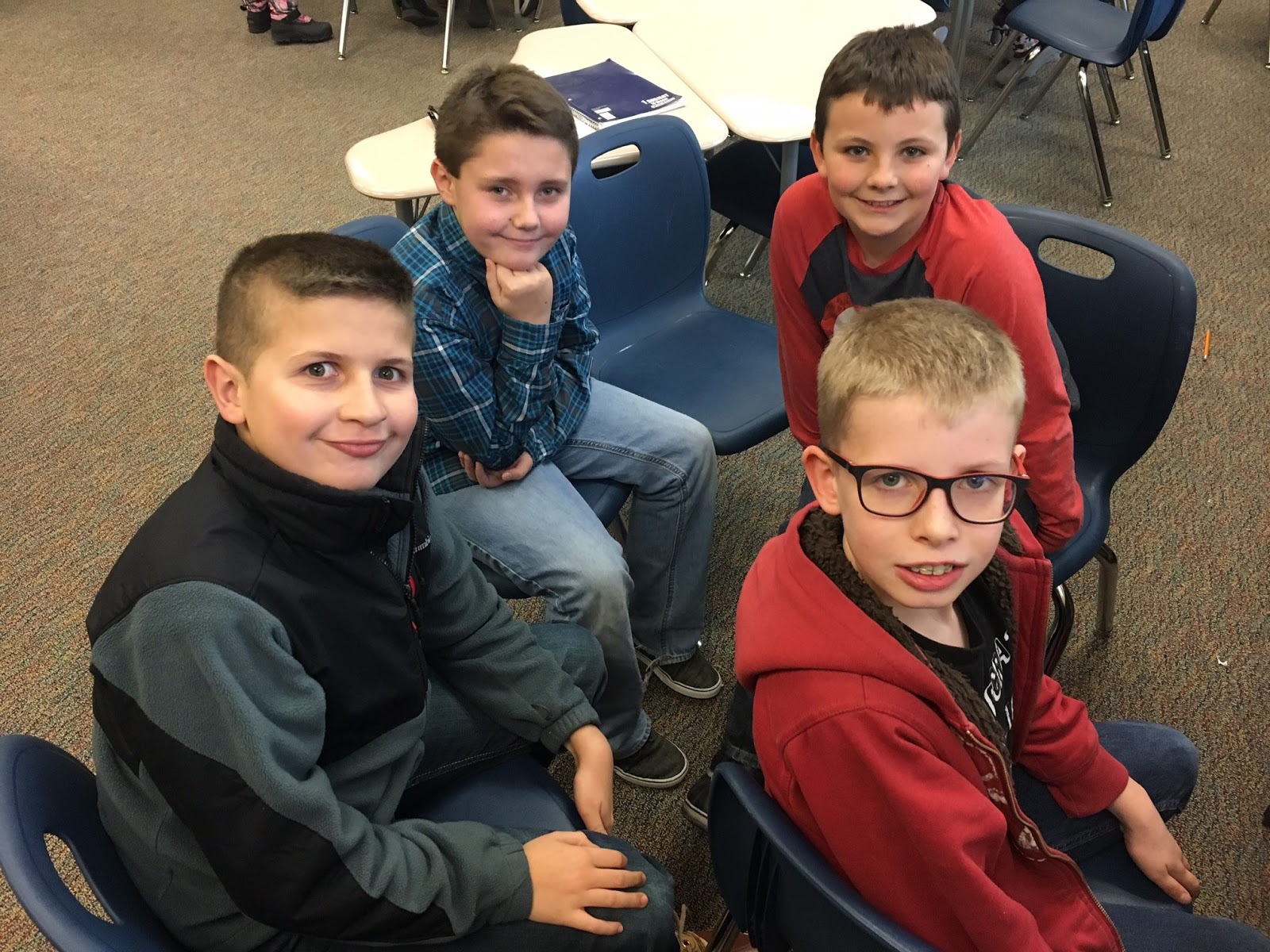
To be fair, I had a unique opportunity as the founding principal of Gem Prep to thoughtfully craft and build a school-wide culture, and most teachers and principals do not have this choice. But regardless of where you teach, ultimately putting students first and getting to know them personally is the key. We can’t talk about data without them; we need to craft a culture that is centered around choice to support individual growth academically, socially, and emotionally. The key is using the time we have with students in meaningful ways, and I can’t think of anything more meaningful than one-on-one conversations centered around data.


